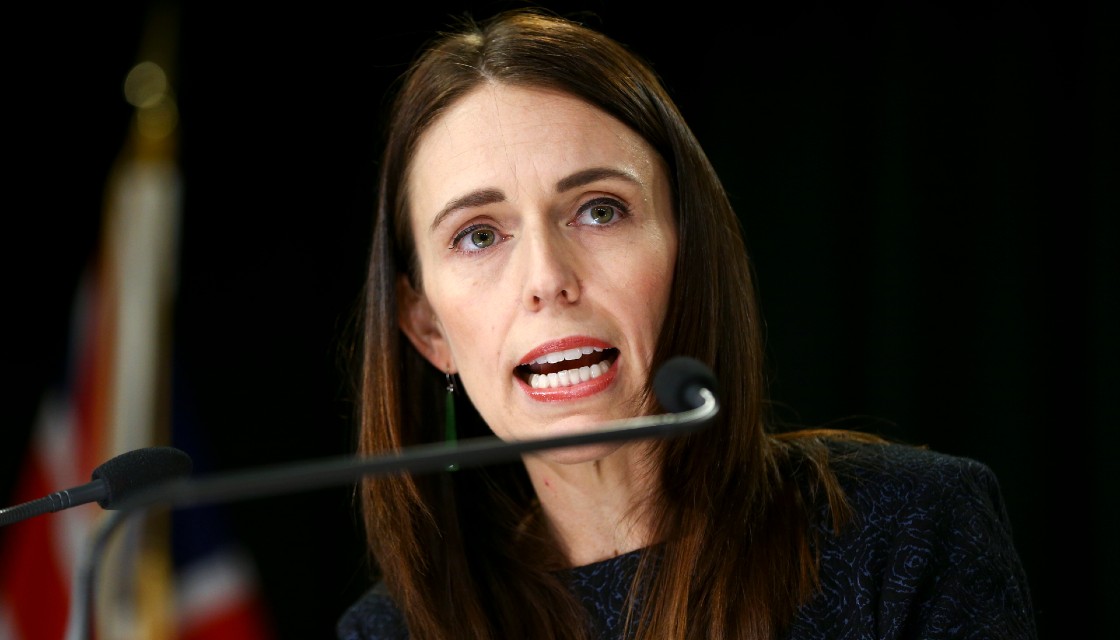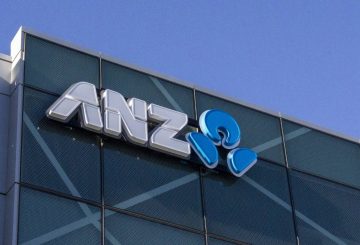시장들은 지방의회가 그들에게 요구되는 개혁의 속도와 규모에 어려움을 겪고 있다고 말한다.
지방정부는 세 가지 수도(식수, 폐수, 빗물 서비스가 지방정부의 통제에서 중앙집중화된 공기업으로 이동), 자원관리 개혁, “지방정부의 미래” 검토, 기후변화 적응을 포함한 많은 개혁을 수행해야 한다. 그리고 코로나 대응 또한 빠지지 않는다.
그랜트 스미스(Grant Smith) 파머스턴 노스(Palmerston North) 시장은 엄청난 양의 작업이었다고 전했다.
“이 도시의 시장으로서 8년 동안 확실히 가장 힘든 임기였다. 모든 중앙 정부 개혁에는 여러 가지 요인이 있다. 동의하든 동의하지 않든 업무를 수행해야 한다”고 덧붙였다.
뉴질랜드 지방정부(LGNZ) 회장 스튜어트 크로스비(Stuart Crosby)는 많은 지방 의회가 과도한 업무량에 힘들어했다는 점에 동의하면서 “개혁은 어떤 형태로든 필요하다. 우리는 실제로 개혁 대부분을 요청해왔다. 하지만 개혁의 속도와 순서는 만족스럽지 않다”라고 밝혔다.
재신다 아던(Jacinda Ardern) 총리는 지방 정부가 직면하고 있는 어려움을 인정하면서 “많은 분야에서 변화의 속도와 규모, 거기다 서비스 제공에 대한 요구가 함께 있다는 것을 이해한다. 한꺼번에 요구되는 이러한 일들이 지금과 같은 어려운 시기를 야기시켰다고 본다”고 말했다.
그러나 크로스비 LGNZ 회장은 정부가 지방 의회들을 어려운 상황에 빠뜨렸다고 꼬집었다.
그는 “정부의 수많은 정책들, 그 중에서도 특히 ‘세 가지 수도(Three waters)’에 대한 설명이 매우 빈약하다. LGNZ를 포함한 절대다수가 동의하지 않는 정책을 설명하는 것은 의회의 몫이었다”고 전했다.




















































-360x245.jpg)









